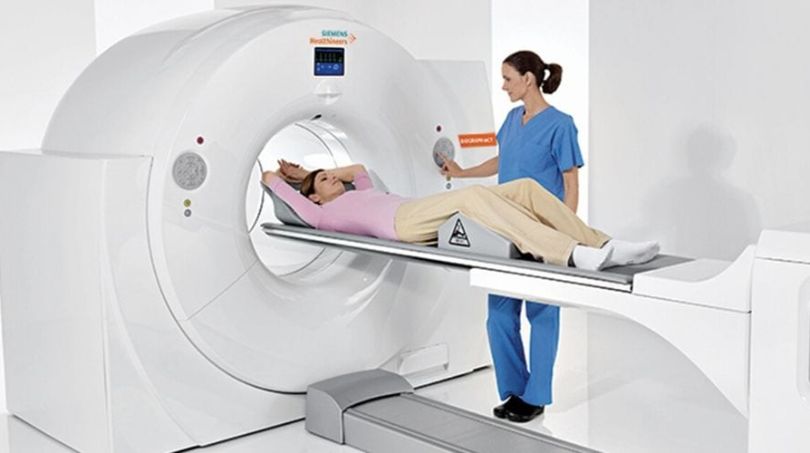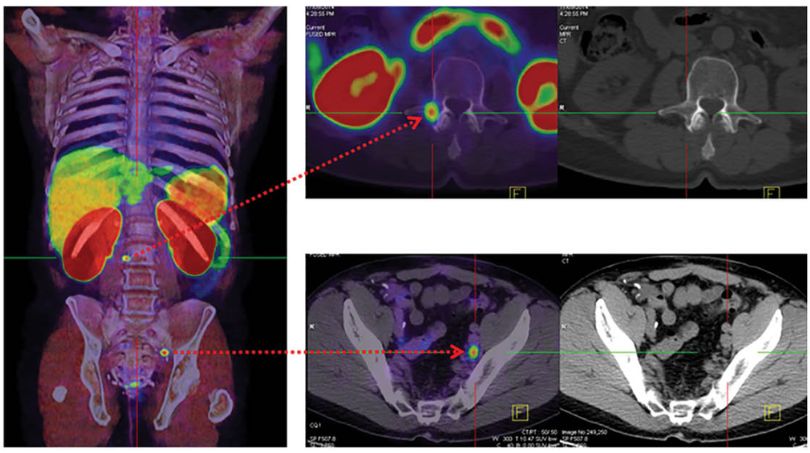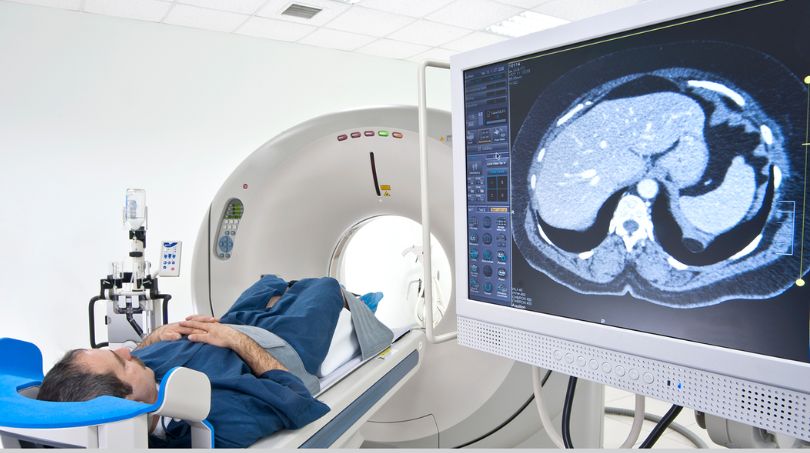Best Exercises to Increase Height
04 May 2024The overall personality of an individual depends upon lots of things. One…
read moreA Positron Emission Tomography (PET) scan is a medical imaging technique used to visualise and assess the functioning of various organs and tissues in the body. It involves the administration of a small amount of radioactive material known as radiotracer, which emits positively charged particles called protons. The interaction between the emitted positrons and surrounding electrons produces gamma rays, which are detected by a special camera to create detailed images.
PET scans are commonly used in clinical settings for diagnosing and monitoring various conditions like cancer, neurological disorders and cardiovascular diseases. The radiotracer used in a PET scan is chosen based on the specific organ or tissue being examined. For example, FDG is commonly used to measure glucose metabolism; making it useful for detecting cancer cells that have increased metabolic activity.
One of the significant advantages of PET scans is their ability to detect abnormalities at the molecular level, even before structural changes become apparent. This makes PET scans highly sensitive in identifying diseases in their early stages. Furthermore, PET scans can help differentiate between benign and malignant tumors, determine the extent of disease spread, and evaluate the effectiveness of treatment.
However, PET scans do have some limitations. They can be expensive and may not be readily available in all healthcare facilities. Additionally, the use of radioactive materials carries a small risk of radiation exposure, although the doses used in PET scans are generally considered safe. Special precautions are taken to minimize radiation exposure, particularly for pregnant women and children.
Read more about: Double marker Test
PET scans are performed in various situations and for different reasons, depending on the specific medical condition being evaluated.
Here are some common scenarios in which a PET scan may be done:

Note: PET scans are often used in conjunction with other imaging techniques, such as CT (computed tomography) or MRI (magnetic resonance imaging), to provide a more comprehensive evaluation. The combined information from multiple imaging modalities helps healthcare professionals make accurate diagnoses and develop appropriate treatment plans for patients.
The procedure for a PET scan typically involves the following steps:

Note: The duration of the scan can vary depending on the area being examined and the specific protocol. In general, a PET scan can take anywhere from 30 minutes to 2 hours to complete.
PET scan provide information about the metabolic activity and function of tissues and organs, allowing healthcare professional’s to assess abnormalities or changes in comparison to normal patterns.
During a PET scan, areas of increased or decreased metabolic activity are highlighted, these area are generally evaluated by comparing them to the normal tissue cells.
Note: Generally an SUV(Standardised uptake value) of 2.5 or higher is considered to be an indication of malignant tissue.
You may like to know about: Troponin Test
PET scan results and reports provide a valuable information about the metabolic activity and functioning of tissues and organs. However, some common details that are included in a PET report are:

How to book a PET scan test:
The whole testing process typically takes about 1-2 hours. Most patients can go home once the scan is finished.
Complete scan time is about half an hour.
While an MRI or CT scan acknowledges how a part of the body appears, a PET scan may tell how it’s working
The cost of PET scan test may vary depending on different test locations but generally the test will cost you around Rs. 12,000 to Rs. 13,000.
With over 5000 doctors and experts in the healthcare field medical directory provides a listing of all doctors across a wide variety if medical fields
The overall personality of an individual depends upon lots of things. One…
read moreआज हर दूसरा व्यक्ति अपने विकास को लेकर चिंतित है फिर वह…
read moreBhumi amla is a very useful plant that is used for many…
read moreआज के इस लेख में हम आपको एक इंजेक्शन के बारे में…
read more
© Copyright 2024 PlanMyMedical. All rights reserved.
Comments (0)